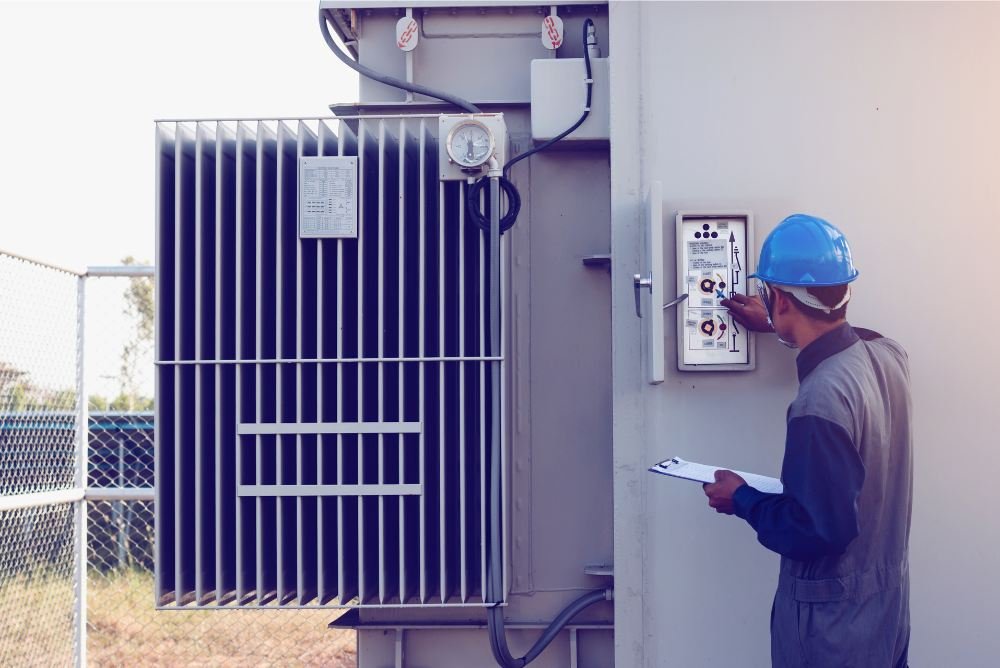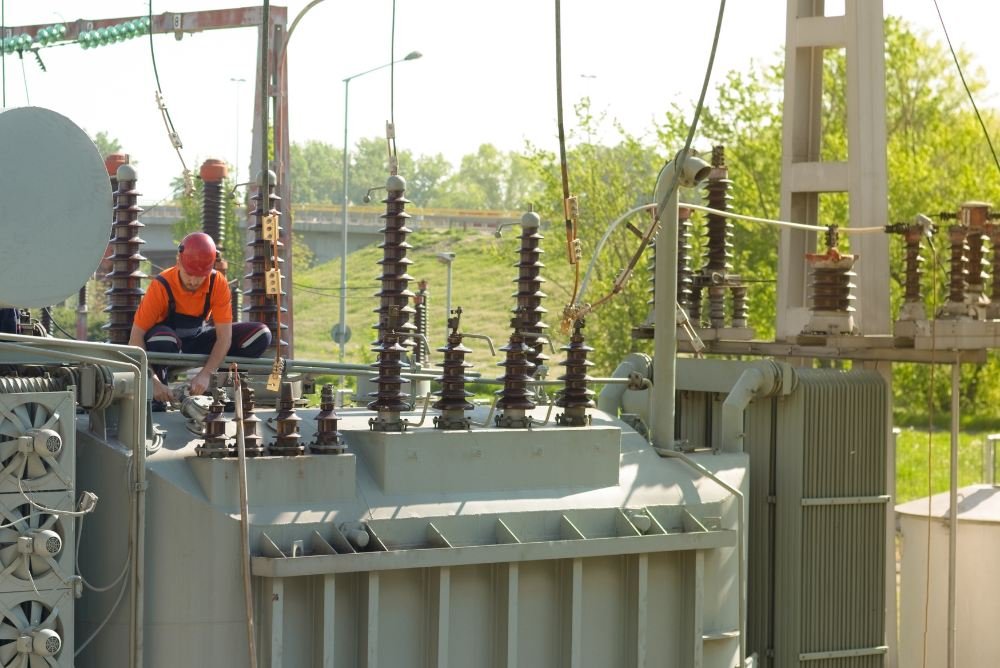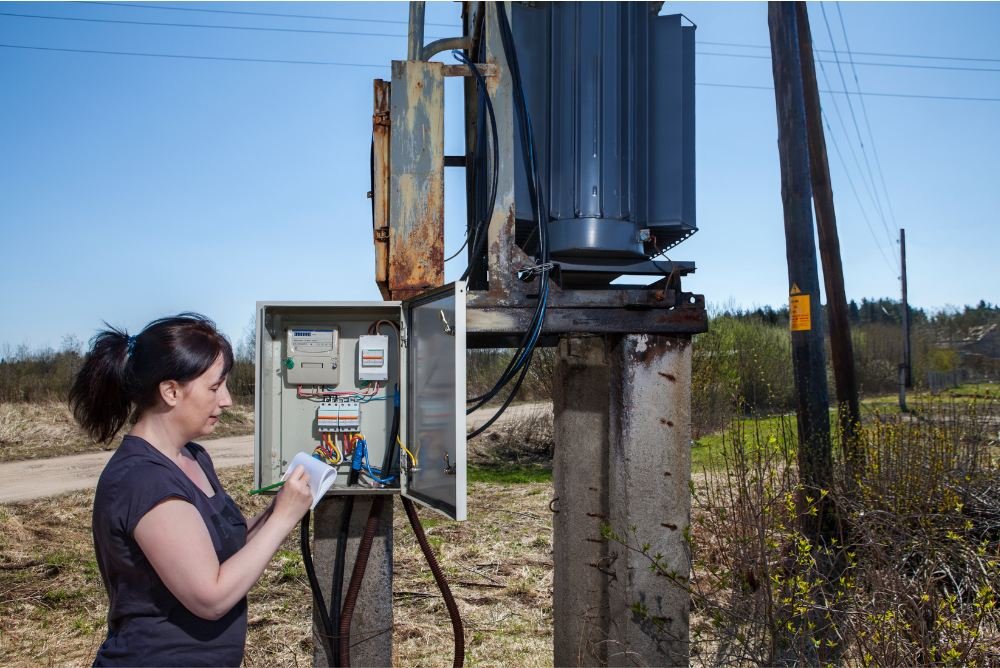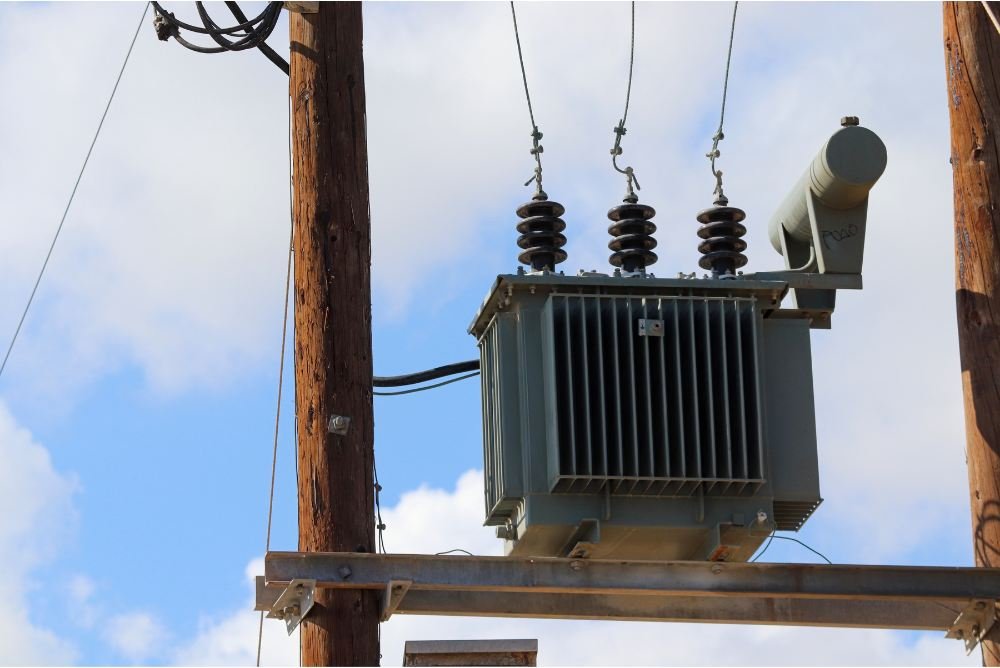
Transformer Complete Testing plays a crucial role in verifying the reliability, efficiency, and safety of transformers, helping to prevent unexpected failures, minimize downtime, and prolong equipment lifespan. By adhering to rigorous testing standards and protocols, organizations can ensure the seamless operation of their electrical infrastructure and mitigate risks associated with transformer failures.





